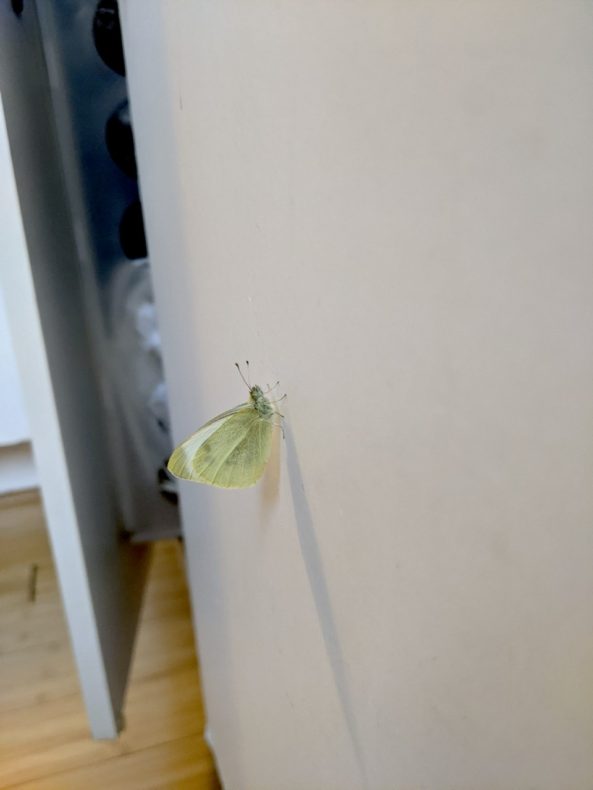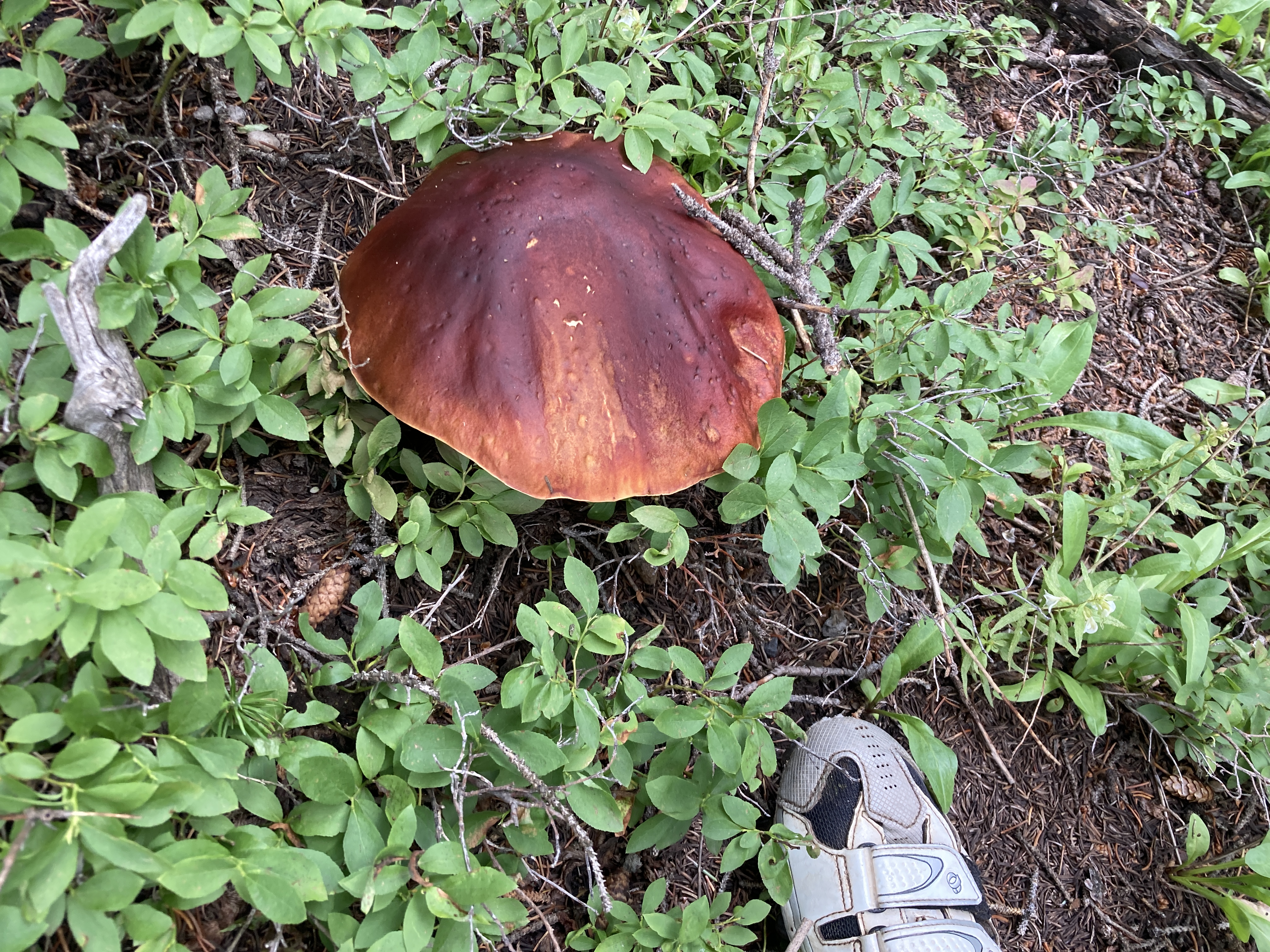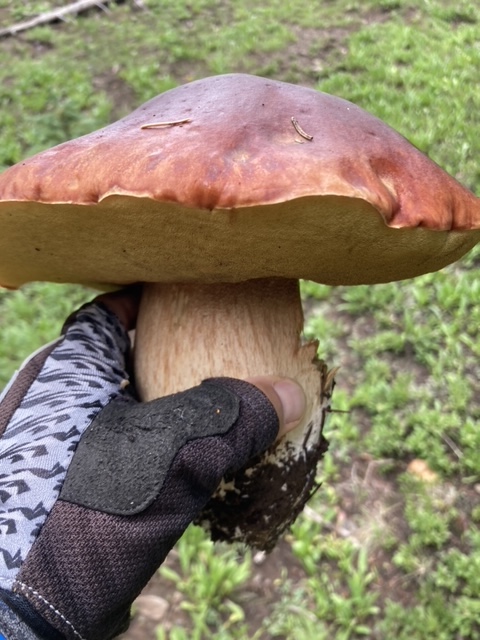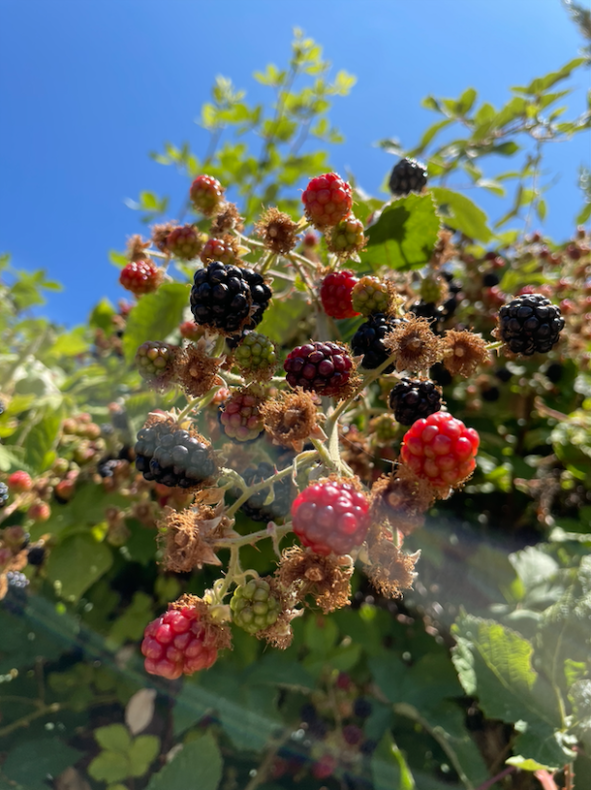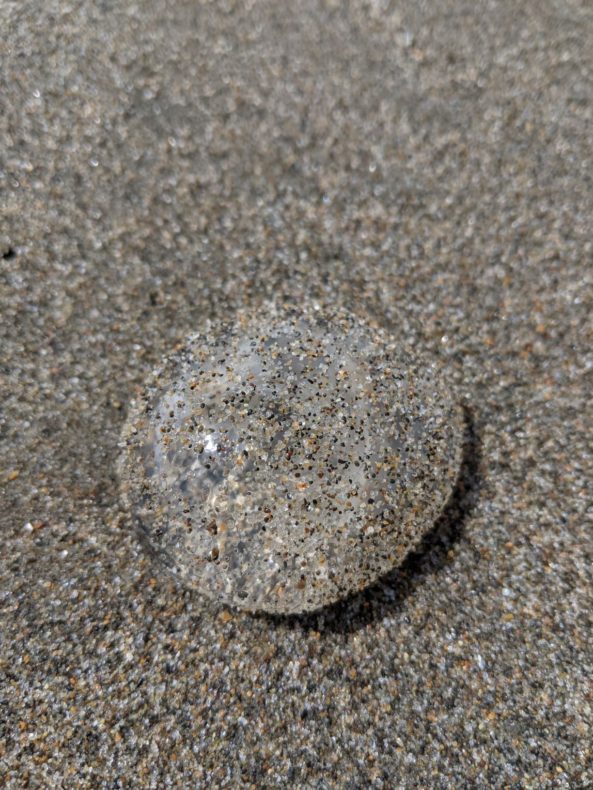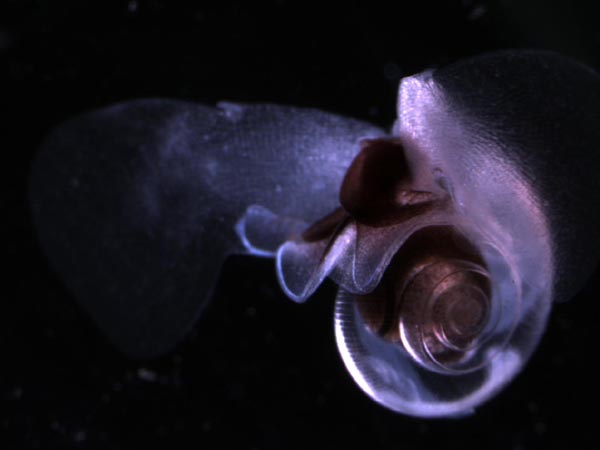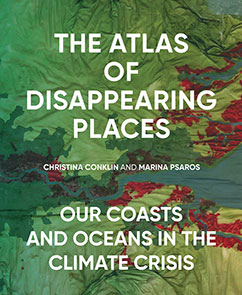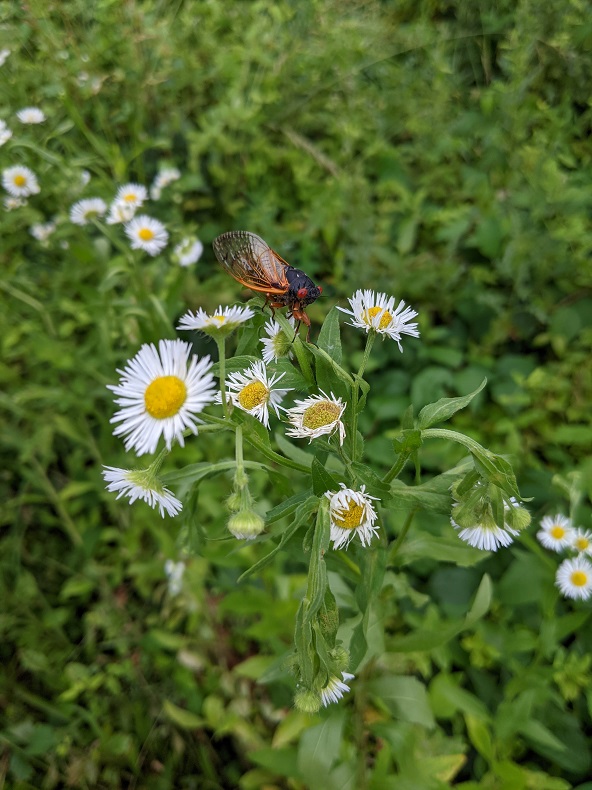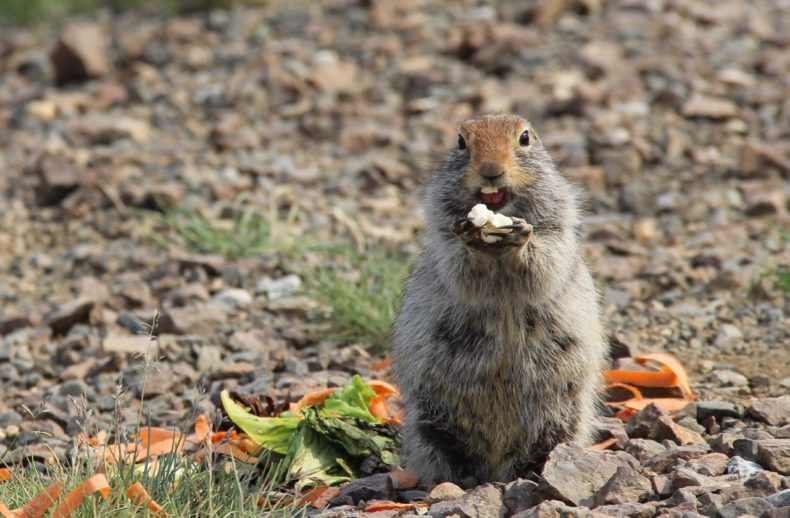Early on in the pandemic, a few days before Switzerland’s first lockdown, participants in an international colloquium arrived in Basel and immediately started to flounder as they tried to navigate new norms for social interaction:
“Hey,” said one conference-goer to another, waving.
“Are you doing the elbow thing? Or are you doing the other thing?” her fellow asked.
The first person extended her right toe, and the other reciprocated, completing a right foot-bump. Person One then presented her left foot, but Person Two got flustered, responding late and using the right foot twice. To researchers observing a video of the exchange, the second woman’s delay indicated that she was a “novice” foot-bumper.
I stumbled on these tales of footsie faux pas in a study published in the Journal of Sociolinguistics. The paper is part of an ongoing project at the University of Basel, in which researchers are trying to understand how greetings like handshakes and hugs have changed over the course of the pandemic, using videos of interactions in the university, parks, shops, and markets. Early in the pandemic, greetings like hugs and handshakes went from routine to “hesitated, suspended, and yet still completed,” the team found. But as the pandemic progressed, the same gestures were “resisted, refused,” and ultimately abandoned. (Example: Someone named Eva tries to hug someone named Rick. Rick waggles his index finger at her and clicks his tongue in disapproval. Eva laughs, lowers her arms, and shrugs.)
Eventually, some social groups adopted novel rituals, like air hugs and toe taps, to replace the riskier options. But wasn’t easy for people to learn these new modes of greeting, and the interactions often read like experimental theatrical productions with avante garde staging — the characters could be speaking from the insides of dustbins or buried in the ground, like in Samuel Beckett’s plays. In another transcript, poor Person Two (Ariane below) attempts once again to greet people properly after watching people named Denise and Chuck elbow-bump, and finds only existential confusion:
Ariane: Is this the new, uh. This is the new style?
Chuck: Heh heh.
Ariane: It happens very fast. We all need to progress.
Denise: Yeah.
Ariane: So I was talking with Joan earlier. We were this…(extends right arm)… Do we hug or do we not hug?
Denise: Heh hah.
Chuck: I don’t know.
(Ariane makes a ‘hugging’ gesture, both arms.)
Ariane: Yeah, you have to ask.
Chuck: I don’t know.
Denise: Hah hah. (Moves both elbows.)
There’s nothing surprising about the study’s findings, or even new, it was published more than a year ago. But I read the disjointed transcripts over and over because they feel to me like how I and many of the friends and colleagues I’ve talked to lately are feeling: no longer able to rely on the new norms and habits we established during the pandemic, but not yet able to go back to the old ones, either. Emerging from our pandemic chrysalises, we less like glittering social butterflies than hesitant, vulnerable larvae, uncertain what’s acceptable or safe to do. We need time to develop new boundaries, routines, and rituals — all of which, we know, will be subject to rapid change.
When a concept like an “air hug” acquires new layers of meaning, I recently learned, linguists describe it as “sedimentation,” as if gestures and symbols and the meanings and feelings that accrue to them are like the particles of silt that cumulatively change a river’s course and tell its story. Who knows if we’ll come out of this pandemic as foot-bumpers or elbow-tappers or air huggers, or if all these coping strategies will wash out over time. But I find the idea of sedimentation kind of appealing: If nothing else, it suggests that disorienting array of social options we’re exploring together will settle down and add up to something someday.
